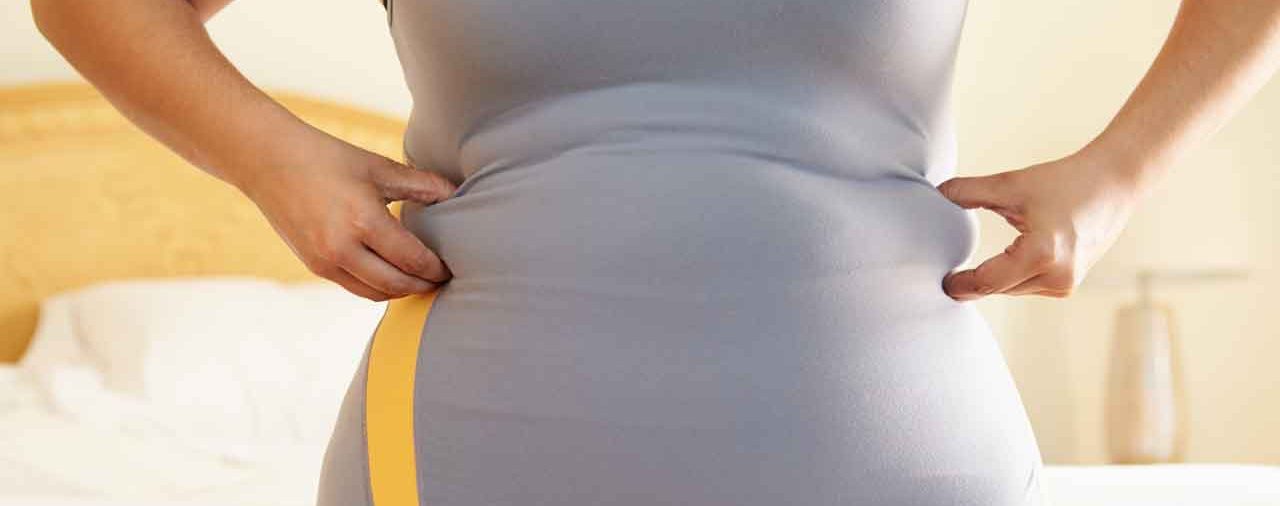Women Can Lose Belly Fat to Lower Cancer Risk

A “spare tire,” extra belly fat around your middle, raises a woman’s risk for lung and digestive cancers — even if you aren’t overweight. Here’s what you should know.
Research is mounting to show that where fat is stored on the body plays an important role in health risks. If you are a post-menopausal woman and carry the dreaded “spare tire” or “love handles” around your middle, that extra belly fat can indicate you’re at higher risk for certain cancers,
For older women, a “spare tire” of fat around their waist specifically raises the odds of developing lung and gastrointestinal cancers, even if they are not overweight, according to research presented at the European Society for Medical Oncology (ESMO) 2017 Congress.
YOU MIGHT ALSO LIKE: Does Drinking Soda Cause Osteoporosis?
For the Prospective Epidemiologic Risk Factor study, sponsored by the Danish Research Foundation, scientists followed the health of 5,855 women with an average age of about 71 for 12 years. At the start of the research project, the volunteers were given scans via dual-energy x-ray absorptiometry (DXA), the most high-tech, accurate way to document bone and fat mass, the researchers noted.
At the end of the study, the research team looked to see if body fat and weight correlated with any development of cancers in the women. Surprisingly, an elevated BMI (body mass index, a measure of body fat based on height and weight) and a high percentage of body fat weren’t significant risks for being diagnosed with cancer, according to the findings. Instead, having central obesity — a “spare tire” around the waist — was the biggest independent predictor of who would develop cancer.
In fact, women with excess abdominal fat had over a 50 percent increased risk of developing two specific malignancies, lung and gastrointestinal cancer, compared to the women with less fat around the middle.
“When assessing cancer risk, body mass index and fat percentage may not be adequate measures, as they fail to assess the distribution of fat mass,” said study investigator Line Mærsk Staunstrup, a PhD student with Nordic Bioscience and ProScion, in Herlev, Denmark. “Avoiding central obesity may confer the best protection.”
If you are a woman who is past menopause and you’ve noticed fat seems to easily collect around your waist and is more difficult to lose than when you were young, you aren’t imagining it. The Danish researchers noted “menopause initiates a shift of body fat toward higher levels of abdominal adiposity, which may mediate obesity-related cancer risk.”
Bottom line: It may be a struggle, but it’s worth exercising more, watching your diet, and concentrating on deflating your spare tire to lower cancer risk.
For men as well as women, having too much fat around the middle has previously been linked to developing a variety of health problems, including type 2 diabetes, heart disease, and certain cancers. Women with a waist size larger than 35 inches, and men with a waist size of more than 40 inches, appear to be most at risk, according to the National Institute of Diabetes and Digestive and Kidney Diseases — so it’s a good idea to measure your waist regularly and, if needed, work to get it in the healthy range.
Updated:
February 28, 2020
Reviewed By:
Christopher Nystuen, MD, MBA